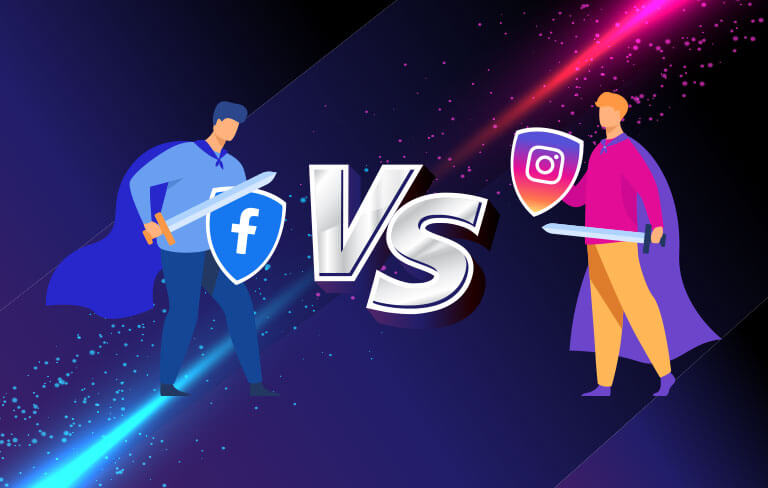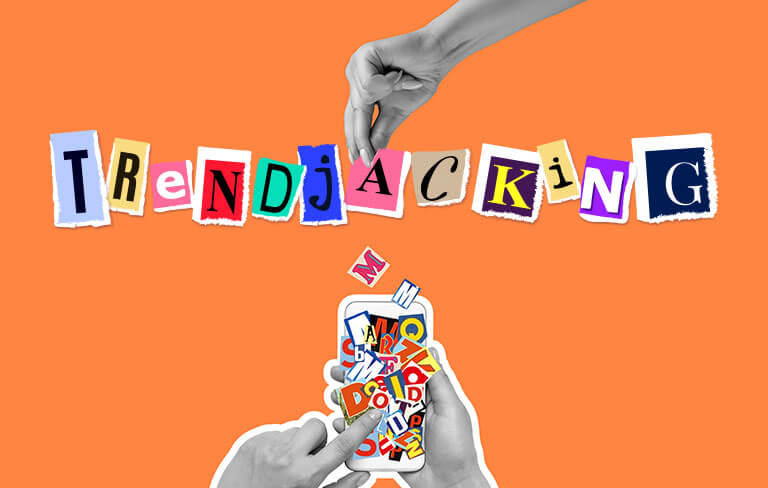When it comes to Social Media Marketing, surely we have our doubts on which platform is the most ideal for my brand – Facebook or Instagram? For starters, let’s take a look at statistics. According to Sproutsocial, Facebook seems to have huge numbers such as 2.38 billion monthly active users with 83% of marketeers indicating that they use Facebook as part of their brand’s social strategy. On the other hand, Instagram records 500 million daily active Instagram Stories worldwide with 77% of marketeers indicating that they use Instagram as part of their brand’s social strategy. Facebook’s statistics seem to have made itself appear to be a staple in the social media marketing world while Instagram’s statistics reflected positively in terms of the aspect of engagement. However, are these numbers the only indicators of the rate of social engagement on these social media platforms?
Speaking of numbers, looking closer into ‘numbers in engagement’, the difference between the engagement rates of Facebook and Instagram though significant with 0.09% for Facebook and 1.60% for Instagram, is not the only factor contributing to how consumers are interacting with social media content. Some factors, just to name a few, prevalence of the types of content on each platform, as well as audience demographics also influence engagement rate. An example would be how images work better on Instagram, whereas texts work better on Facebook.
Another aspect to seriously consider when it comes to determining which platform, Facebook or Instagram, is better for your brand, would be the functionality of these social media platforms. Facebook mainly being informational and ‘details-driven’ (that’s probably why it takes a longer time to set up an account on Facebook than on Instagram?), consumers go on the platform to look for information, say operating hours, locations, etc. On the contrary, Instagram on the other hand is all about the essence of capturing moments. Consumers go on the platform to engage with the content in visual-forms. To each its own, both social media platforms serve its purpose. So, the million-dollar question is yet again – “Which platform is better for my brand?”.
While there is no definitive answer to the question, it may just be the case of how brands do not have adequate understanding and sufficient insights on what works for their brand. The common strategy seems to be “always on” on both platforms. Little did we know, we might just be treating Facebook like Instagram and vice versa. One way to find out what does the trick for your brand – Try out both and with the results garnered, identify which content to push out on which platform. This is essentially being more purposeful in the way engage consumers on social media platforms.





